Advertisement
Ever misspelled a word in a search bar and still got exactly what you meant? Or did you notice your contact app spotting duplicates even when names aren’t spelled the same? That’s often thanks to Levenshtein Distance—a smart computer science concept that measures how different two strings of text are. It calculates the number of changes needed to turn one word into another, helping machines recognize what looks or sounds similar.
In a world where AI powers spell-check, predictive text, and recommendation engines, this simple metric plays a big role behind the scenes. In this article, we’ll break it down clearly and show why it matters in today’s AI world.
At its simplest, Levenshtein Distance is a number that tells you how many changes you need to make to turn one word or string into another. These changes can be one of three types: insert a character, delete a character, or substitute one character for another. Each of these is considered one “edit.” The total number of edits needed is the Levenshtein Distance.
Let’s take a basic example. Say you want to change “cat” into “cut.” You only need to substitute “a” with “u.” That’s one edit, so the Levenshtein Distance is 1. Now, imagine converting “flaw” into “lawn.” That takes two edits: removing the “f” and adding an “n” at the end. Distance: 2.
The concept was developed by the Russian scientist Vladimir Levenshtein in 1965. While the idea itself is over half a century old, its usefulness has only grown. The explosion of natural language processing, machine learning, and search applications has made the metric a common tool.
Levenshtein Distance belongs to a broader group of string metric algorithms known as edit distance algorithms. While there are other forms—like Hamming Distance, which only measures substitution and assumes strings are of equal length—Levenshtein is more flexible. It accounts for additions and deletions, making it more practical in real-world applications where typos and uneven string lengths are common.
To understand how Levenshtein Distance is actually calculated, imagine a grid or matrix. One string is placed across the top, and the other string goes down the side. The algorithm fills in the grid cell by cell, calculating the minimum number of operations needed to reach each cell based on its neighboring cells.
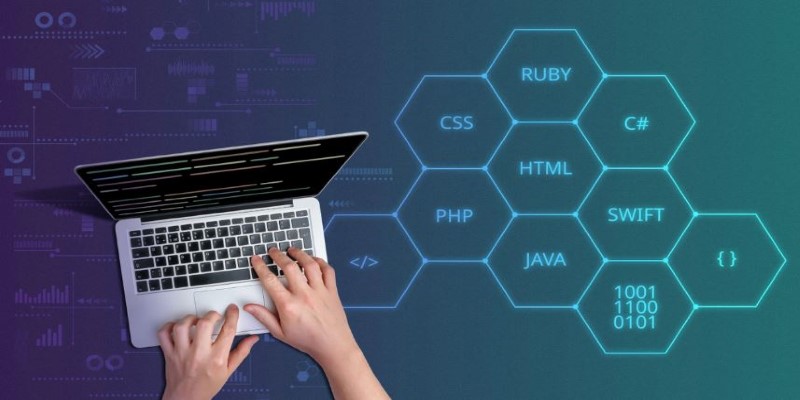
Let’s say we’re comparing the strings “book” and “back.” Here’s the breakdown:
First, we initialize a grid of size (length of “book” + 1) x (length of “back” + 1).
Each cell keeps track of how many edits it would take to get from the beginning of one string to that point in the other.
Starting from zero edits (both strings empty), the algorithm adds costs for each insert, delete, or substitute operation as it moves through the grid.
When it gets to the last cell, it gives you the total number of edits required—that’s your Levenshtein Distance.
This grid-based technique might sound tedious, but it’s what makes the algorithm dynamic and efficient. It doesn’t just blindly count edits. It evaluates every possible path and chooses the one with the fewest total changes. That’s why it works so well, even when strings differ in length or have multiple errors.
Modern programming languages like Python, Java, and C++ often have built-in libraries or extensions (like Python’s Levenshtein module) that handle this for you, making implementation easier.
Levenshtein Distance becomes especially powerful when applied to the imperfect, unpredictable inputs found in real-world AI tasks. Its strength lies in how it helps systems handle human error—typos, misspellings, or inconsistent formatting—without losing context. In natural language processing (NLP), it's used for spell-checking, fuzzy matching, and chatbot input correction. If someone types "shw me the weather,” a chatbot can still respond correctly because the difference between “shw” and “show” is just one edit. This makes interactions smoother and more natural.
Data deduplication is another practical use. Imagine two customer entries—“Johnathan Smith” and “Jonathen Smith.” While they look slightly different, the distance between them is small enough for the system to flag them as likely duplicates. This helps maintain clean, accurate databases with minimal manual effort.
Search engines rely on it, too. When you mistype a search term, the algorithm compares your input to popular queries using Levenshtein Distance and shows the closest matches. It's what powers those handy "Did you mean?" suggestions.
In machine learning, especially with NLP models, this distance is used to score model outputs. A translation that’s close but not exact still has value, and the algorithm helps quantify that.
Its usefulness extends even further—supporting recommendation systems, fraud detection, autocomplete tools, and genetic pattern analysis. It's versatile, foundational, and still incredibly relevant.
Levenshtein Distance still matters because it’s simple, reliable, and highly effective—especially in today’s AI landscape. While it was introduced in the 1960s, its ability to bring clarity to messy, user-generated data remains unmatched. It helps systems understand typos, match strings, and process imperfect input with grace. Unlike complex black-box models, Levenshtein Distance is easy to explain and visualize, making it a transparent tool for developers and analysts alike.
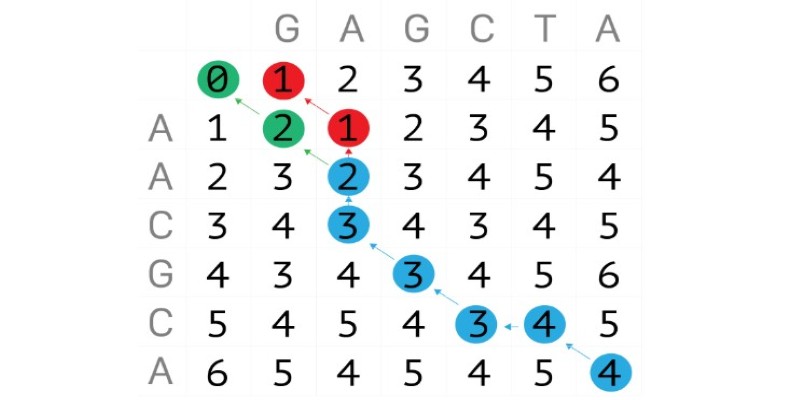
Even with the rise of powerful language models like GPT and Claude, this algorithm hasn’t been replaced—it's often used alongside them. Tasks like data cleaning, fuzzy matching, and training set alignment to benefit from their accuracy and simplicity. It also scales well thanks to modern optimizations, allowing efficient use even in large datasets. In a world of cutting-edge AI, Levenshtein Distance remains a quiet but essential foundation. It just works—no hype is needed.
Levenshtein Distance continues to play a crucial role in AI and data systems by making machines more tolerant, accurate, and context-aware. Its ability to handle imperfections—like typos or small differences in text—makes it a trusted tool in everything from chatbots to search engines. Despite its age, it remains relevant because it’s simple, interpretable, and effective. As AI evolves, foundational tools like this stay essential, quietly supporting the systems we use every day without demanding attention.
Advertisement
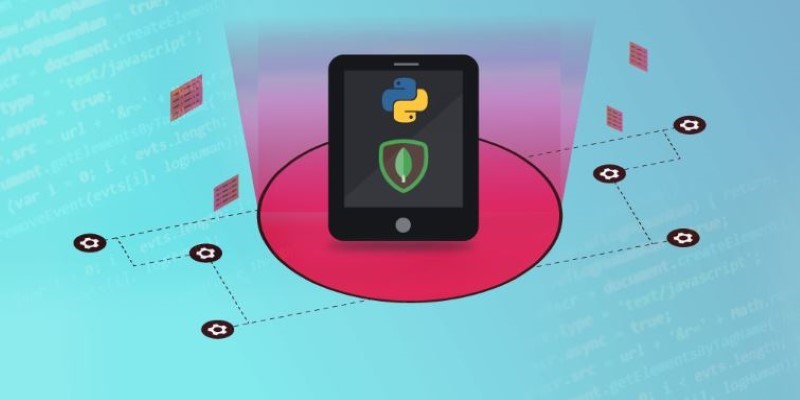
How to use MongoDB with Pandas, NumPy, and PyArrow in Python to store, analyze, compute, and exchange data effectively. A practical guide to combining flexible storage with fast processing

Gen Z embraces AI in college but demands fair use, equal access, transparency, and ethical education for a balanced future

Gemma Scope is Google’s groundbreaking microscope for peering into AI’s thought process, helping decode complex models with unprecedented transparency and insight for developers and researchers

Explore a detailed comparison of Neo4j vs. Amazon Neptune for data engineering projects. Learn about their features, performance, scalability, and best use cases to choose the right graph database for your system

Discover DuckDB, a lightweight SQL database designed for fast analytics. Learn how DuckDB simplifies embedded analytics, works with modern data formats, and delivers high performance without complex setup

Accessing Mistral NeMo opens the door to next-generation AI tools, offering advanced features, practical applications, and ethical implications for businesses looking to leverage powerful AI solutions

Can Germany's new AI self-driving test hub reshape the future of autonomous vehicles in Europe? Here's what the project offers and why it matters
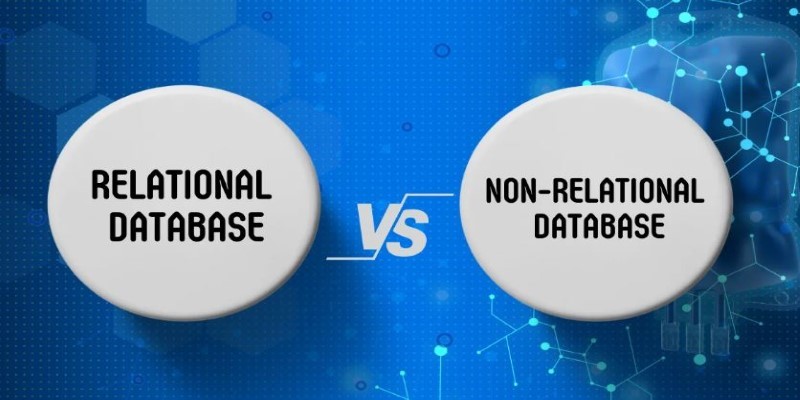
Understand the Difference Between Non Relational Database and Relational Database through clear comparisons of structure, performance, and scalability. Find out which is better for your data needs

Wondering whether to use Streamlit or Gradio for your Python dashboard? Discover the key differences in setup, customization, use cases, and deployment to pick the best tool for your project

Fujitsu AI-powered biometrics revealed at Mobile World Congress 2025 claims to predict crime before it happens, combining real-time behavioral data with AI. Learn how it works, where it’s tested, and the privacy concerns it raises

Simpson’s Paradox is a statistical twist where trends reverse when data is combined, leading to misleading insights. Learn how this affects AI and real-world decisions
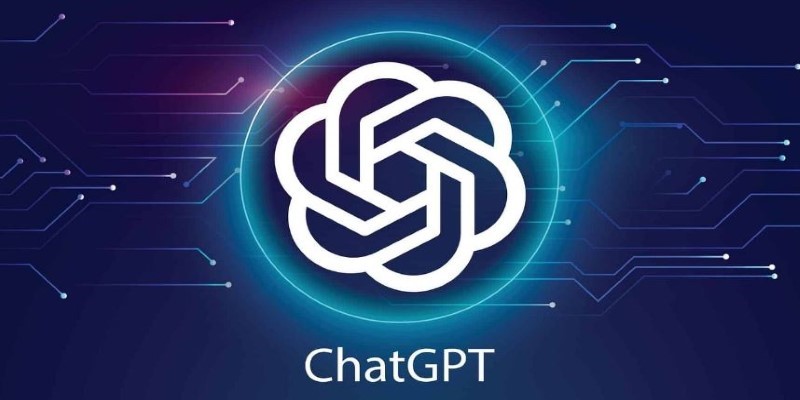
Understand the real-world coding tasks ChatGPT can’t do. From debugging to architecture, explore the AI limitations in programming that still require human insight